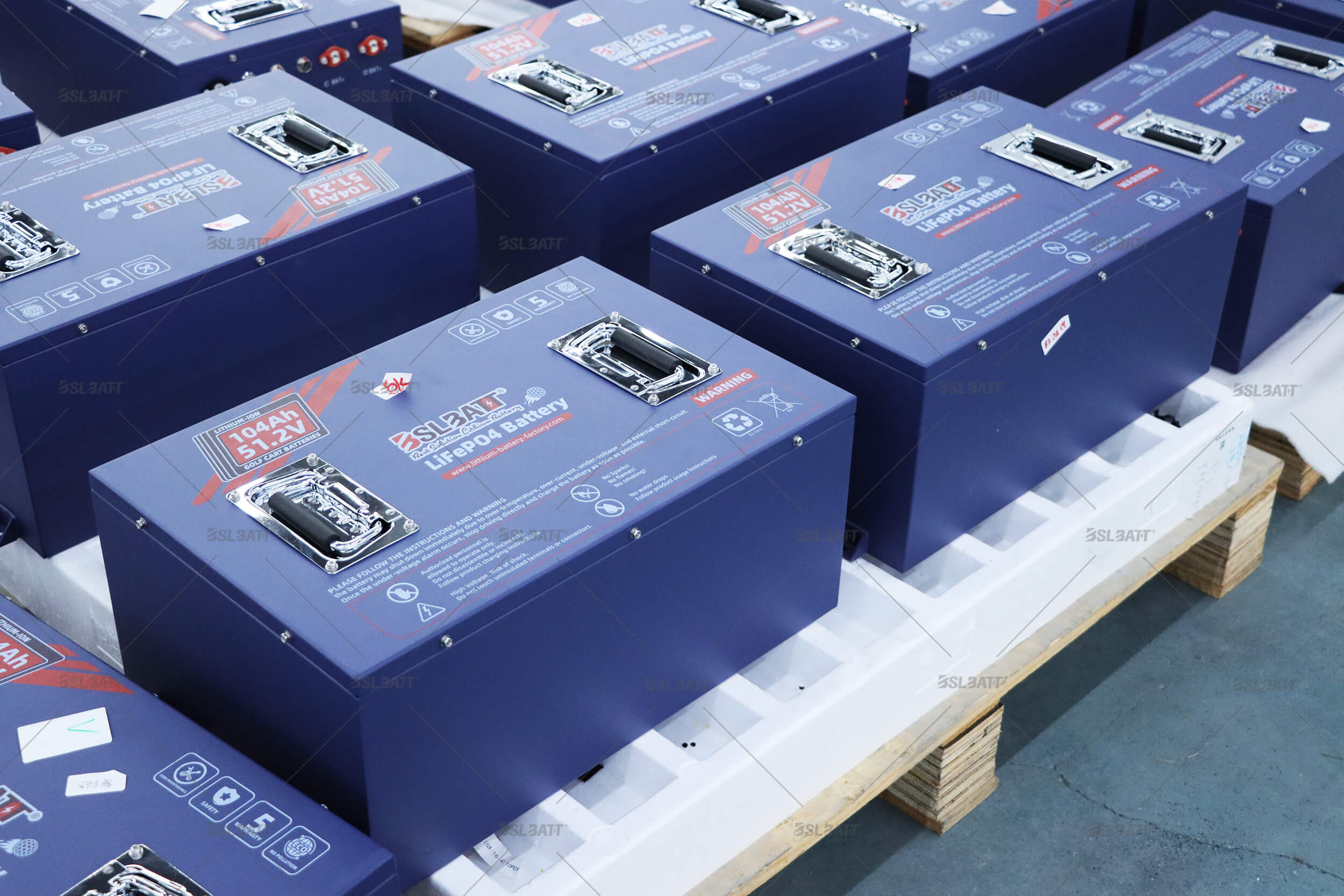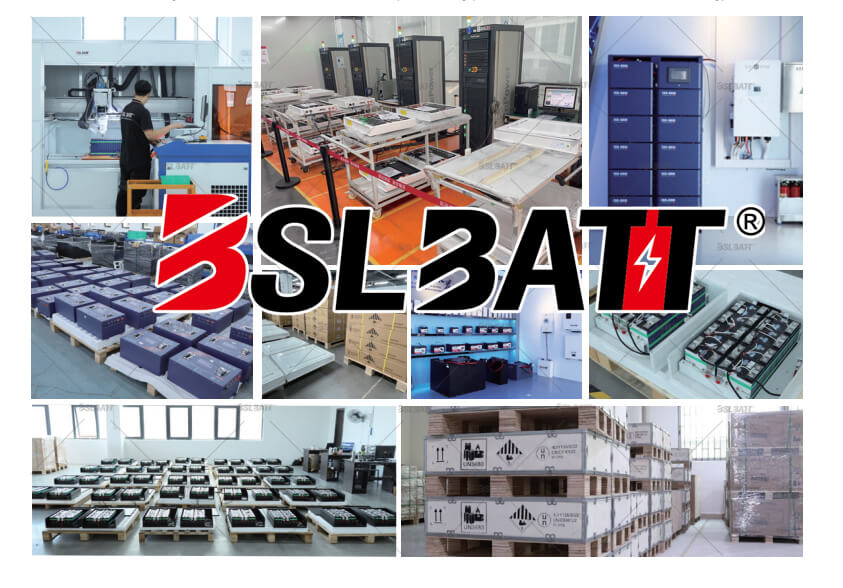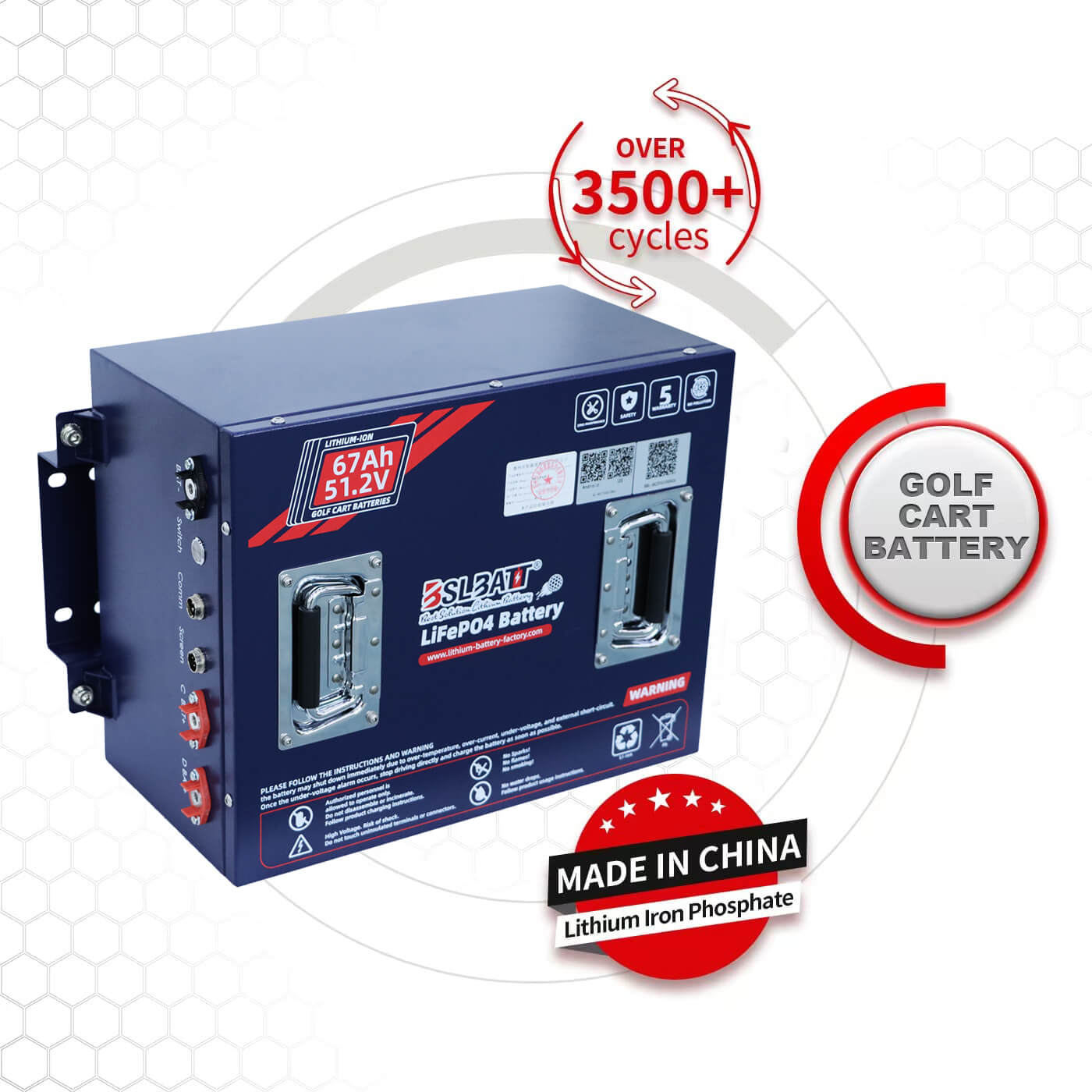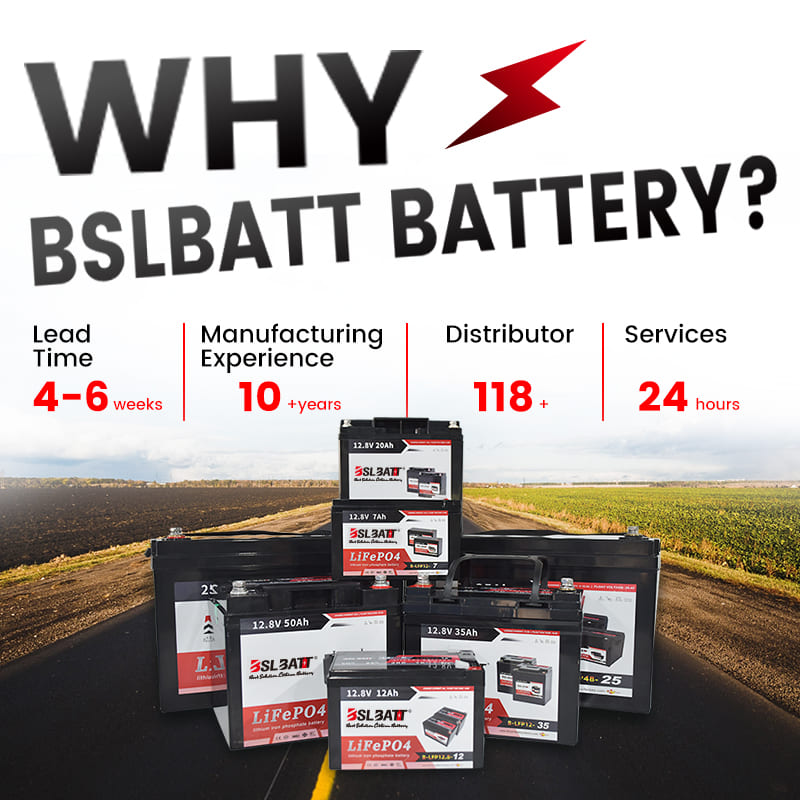Industry Application
Product Type
Do Lithium Ion Golf Cart Batteries Lose Their Charge If Not Used?
Lithium batteries, especially lithium ion golf cart batteries, do lose power if not used for a long time. This phenomenon is called self-discharge. When a lithium ion golf cart batteries is not in use or stored, it will continue to discharge slowly. This means that the battery’s charge will gradually decrease over time, even without any external load or use.

What is a Charging Cycle?
A charging cycle refers to the complete process of charging and discharging a rechargeable battery. When a battery is depleted while powering a device, it undergoes a discharge as it had been previously charged either before its usage or purchase.
The conventional method for assessing the charge cycles of rechargeable batteries involves determining the number of charge cycles a battery can endure before its performance starts to decline.
The frequency of charge cycles, voltage, and battery life (measured in milliamp hours) are all crucial performance indicators for rechargeable batteries. A charging cycle can encompass a full charge followed by a discharge, or it can involve a series of partial discharges that cumulatively reach the battery’s capacity.
What is the expected lifespan of a Lithium-Ion battery in terms of charge cycles?
A Lithium-Ion battery typically has an average lifespan of 2 to 3 years or 300 to 500 charge cycles, depending on which comes first. A charge cycle refers to the battery being fully charged, completely drained, and then fully recharged.
For battery packs that do not undergo complete charge cycles, we can estimate an average lifespan of 2 to 3 years. However, it is worth noting that many Lithium-Ion batteries can last significantly longer, typically around 10 to 15 years. In comparison, cheaper lead-acid batteries only last five to seven years, making Lithium-Ion batteries last up to three times longer.
Rechargeable Lithium-Ion batteries have a limited lifespan and will gradually lose their ability to hold a charge. This reduction in capacity, also known as aging, is permanent. As time goes on, the battery’s capacity decreases, resulting in a shorter duration of power for the device it is used in.
When not in use or stored, Lithium-Ion batteries slowly discharge. It is important to regularly check the battery’s charge status to ensure optimal performance. Instructions on how to check the battery state and properly charge it can usually be found in the device’s user handbook.

The Impact of Storage on the Lifespan of Your Battery
Lithium-ion batteries are known for their superior storage capabilities compared to other battery types. Their slow self-discharge rates make them an ideal choice for infrequently used solar energy systems, such as those found in summer cottages.
When storing a lithium-ion battery, it is recommended to ensure that it has some charge, ideally between 50 to 60 percent, before putting it away. This will help to extend the battery’s lifespan by delaying the onset of self-discharge and preventing the voltage from reaching a critical level.
These batteries can be stored at temperatures as low as -40 degrees Celsius without any adverse effects. However, in warmer regions, high temperatures can pose a challenge. To maximize the lifespan of your battery, it is advisable to avoid keeping it completely full or entirely empty.
For long-term storage, it is best to keep the battery at or near room temperature. Avoid storing it in extremely cold rooms or near radiators, as this can affect its performance. Additionally, if you plan to store the battery for more than a few months, it is recommended to disconnect all cables to prevent any potential damage.
In conclusion, proper storage practices can significantly impact the lifespan of your battery. By following these guidelines, you can ensure that your lithium-ion battery remains in optimal condition for an extended period.
Lithium-Ion Golf Cart Battery Power Loss Factors
Lithium ion golf cart batteries power loss is caused by a variety of factors. One factor is the chemical reaction that occurs inside the battery, which results in a slow release of energy. Additionally, the battery’s internal circuits and components consume a small amount of power even when the battery is not in use. These factors will cause the overall self-discharge of the battery.
It’s worth noting that lithium ion golf cart batteries have a relatively low self-discharge rate compared to other types of batteries, such as lead-acid or nickel-based batteries. For example, BSL lithium batteries have a monthly self-discharge of <3%. However, over a long period of time, self-discharge will still lead to a significant reduction in the overall battery capacity.
This capacity loss, often called aging, is irreversible. As a battery’s capacity continues to decrease, its ability to power electronic devices for an extended period of time (called runtime) also decreases. This means that if a lithium ion golf cart batteries is not used for an extended period of time, its overall capacity will gradually decrease, resulting in shorter runtime when it is eventually used.
To mitigate the effects of self-discharge and aging, it is recommended to use and charge lithium ion golf cart batteries regularly, especially if they are not used for long periods of time. By doing this, you preserve the battery’s capacity and maintain its overall performance.

How Do I Keep My Lithium-Ion Battery Healthy?
It is imperative to possess knowledge on the proper maintenance of lithium batteries during the charging process. The duration a device can function before requiring recharging is commonly referred to as “battery life,” whereas the period a battery remains functional before replacement is known as “battery lifespan.” The collective actions undertaken with the device significantly impact both battery life and lifespan. Fortunately, there are methods to enhance battery performance regardless of usage patterns.
By extending battery life, one can mitigate the economic and environmental ramifications associated with manufacturing new batteries, such as the consumption of raw materials, extraction impacts, greenhouse gas emissions, and the disposal of spent batteries.
Understanding the factors that contribute to the preservation of a battery’s current charge is a relatively quick process. However, the proper care and maintenance of the battery, which is equally crucial, are not widely known. By adhering to appropriate care practices, the battery’s efficiency can be significantly improved. Presented below are some guidelines for maintaining the optimal condition of lithium-ion batteries.

Use Partial Discharge Cycles
It is advised to refrain from completely depleting and frequently recharging lithium-ion battery packs, a practice commonly known as “deep-cycling”. Optimal battery life can be achieved by utilizing only 20 or 30 percent of the battery’s capacity before initiating a recharge. It is worth noting that approximately five to ten shallow discharge cycles are comparable to a single full discharge cycle.
Although numerous shallow discharge cycles can be performed without issue, maintaining a fully charged battery diminishes its overall lifespan. Therefore, if feasible, it is recommended to avoid engaging in full discharge cycles.
Avoid High Charge and Discharge Currents
It is advisable to refrain from subjecting lithium batteries to high charge and discharge currents, as such actions can significantly diminish their cycle life. The application of high currents places excessive strain on the battery, thereby compromising its overall performance and longevity.
Avoid Very Deep Discharges
Severe depletion of charge in a lithium-ion battery will result in irreversible damage. The presence of metal plating within the battery can lead to internal short circuits, rendering the lithium battery inoperable and potentially dangerous.
During the process of charging or discharging a Lithium-ion battery, numerous battery packs are equipped with protective circuitry that disengages the battery connection in the event that the voltage falls below 2.5 V or exceeds 4.3 V, or when the current surpasses a predetermined threshold.
Limit the Battery Temperature
Minimizing the occurrence of extreme battery temperatures, particularly refraining from charging below 0°C, significantly improves battery well-being. Charging at temperatures below zero stimulates the formation of metal deposits, potentially resulting in an internal short circuit. This occurrence generates heat, rendering the battery unstable and dangerous. Numerous battery chargers incorporate a temperature sensor to ensure that charging does not take place under extreme temperature conditions.
Avoiding Charging Lithium Batteries to 100% Capacity
This objective can be achieved by employing a reduced float voltage. The act of lowering the float voltage enhances the battery’s cycle and lifespan, albeit at the expense of its capacity. A decrease in float voltage by 100 to 300 mV has the potential to amplify the battery’s cycle life by two to five times or even more.
Avoid Overcharging
When a battery is charged to a voltage exceeding the necessary level, it is referred to as overcharging. It is not recommended to continue supplying a constant voltage to a fully charged battery, as this can expedite irreversible capacity degradation and potentially lead to interior metal plating. Such circumstances may result in an internal short circuit, causing the battery to overheat and become unstable.
Avoid High Moisture
It is advised against storing or utilizing lithium-ion batteries in environments with high levels of moisture. The longevity and functionality of your battery may be compromised if it comes into contact with damp conditions.
Use an Appropriate Battery Charger
Despite the fact that a battery charger does not have any impact on the discharge depth, battery temperature, or other factors that affect battery health, most chargers offer features that can enhance battery health.
The float voltage and charge termination mechanism of a battery charger are crucial in increasing battery lifespan. Many Li-ion chargers have a fixed float voltage of 4.2 V (or less), although there are other options for 4.1 V and 4 V and variable float voltages. When charging a 4.2-V Li-ion battery, chargers with a lower float voltage can help prolong battery life.
Battery chargers that do not offer lower float-voltage options can still extend battery life. Chargers that use minimum charge-current termination techniques can extend battery life by selecting the appropriate charge-current threshold.
It is recommended to only use a charger specifically designed for lithium-ion batteries as they have a feature that allows for customisation of the charge. Using the correct charger may even help to limit damage to your battery. The charger that was included with your battery is the optimal choice.

All in all
lithium batteries, especially lithium ion golf cart batteries, do lose charge if not used. The phenomenon of self-discharge causes batteries to slowly discharge over time, resulting in reduced capacity and run time. It is important to take steps to maintain and maintain the performance of lithium ion golf cart batteries, such as regular use and charging. If you need help, please contact [email protected]
A Guide to Choosing the Best 48V Lithium Golf Cart Battery
Would it be worth investing in a 48V ...
10 Exciting Ways To Use Your 12V Lithium Batteries
Back in 2016 when BSLBATT first began designing what would become the first drop-in replacemen...
BSLBATT Battery Company Receives Bulk Orders from North American Customers
BSLBATT®, a China Forklift battery manufacturer specializing in the material handling indust...
Fun Find Friday: BSLBATT Battery is coming to another great LogiMAT 2022
MEET US! VETTER’S EXHIBITION YEAR 2022! LogiMAT in Stuttgart: SMART – SUSTAINABLE – SAF...
Looking for new Distributors and Dealers for BSL Lithium Batteries
BSLBATT battery is a fast-paced, high-growth (200% YoY ) hi-tech company that is leading the a...
BSLBATT to Participate at MODEX 2022 on March 28-31 in Atlanta, GA
BSLBATT is one of the largest developers, manufacturers, and integrators of lithium-ion batter...
What makes the BSLBATT the Superior Lithium Battery for your Motive Power needs?
Electric forklift and Floor Cleaning Machines owners who seek the ultimate performance will fi...





























